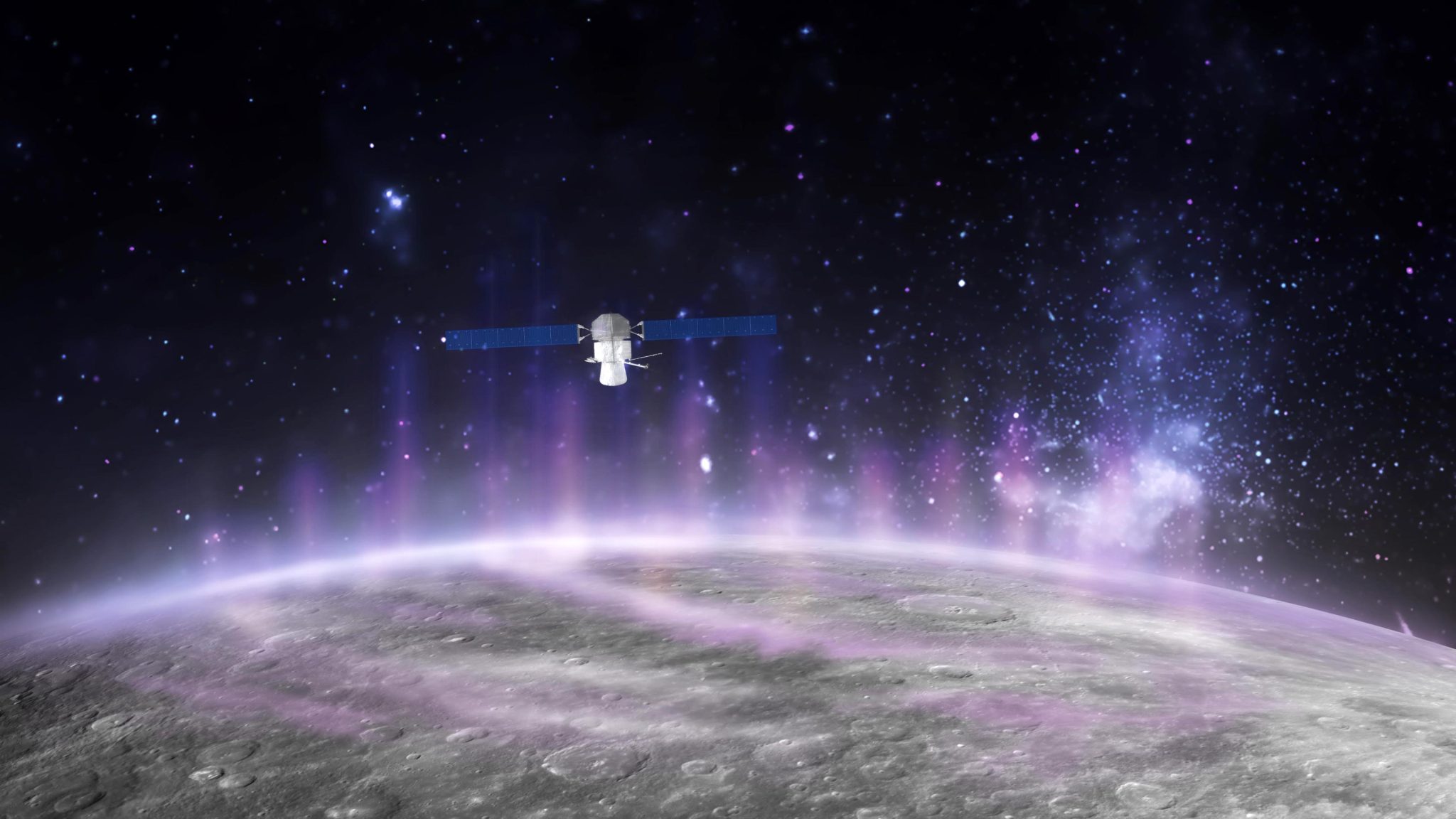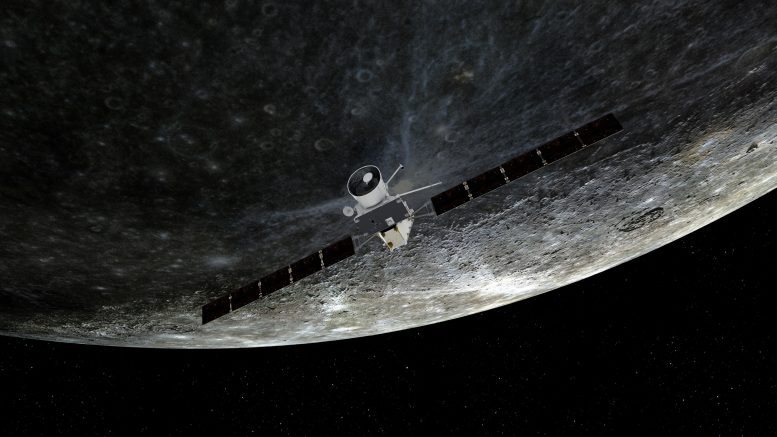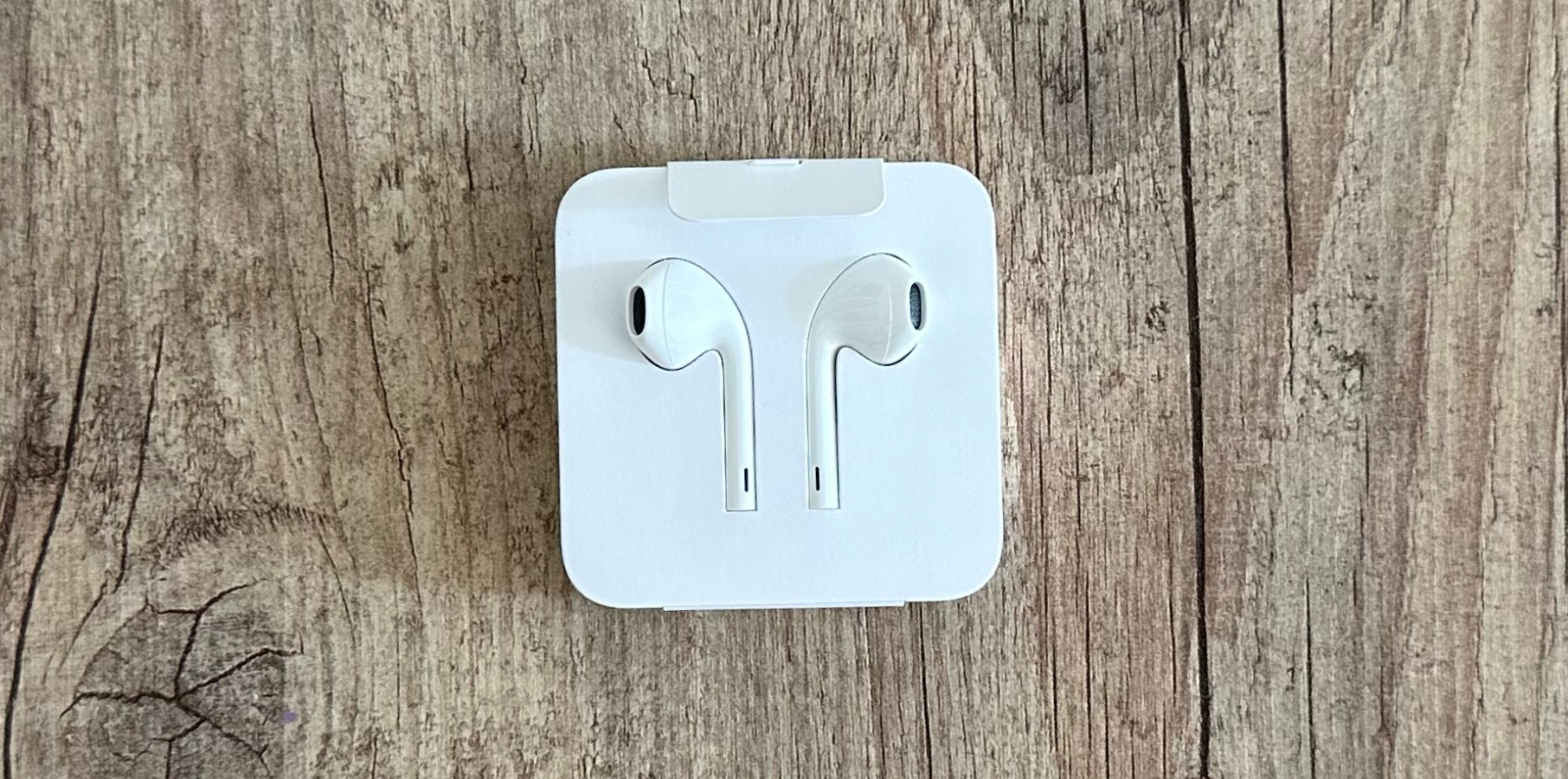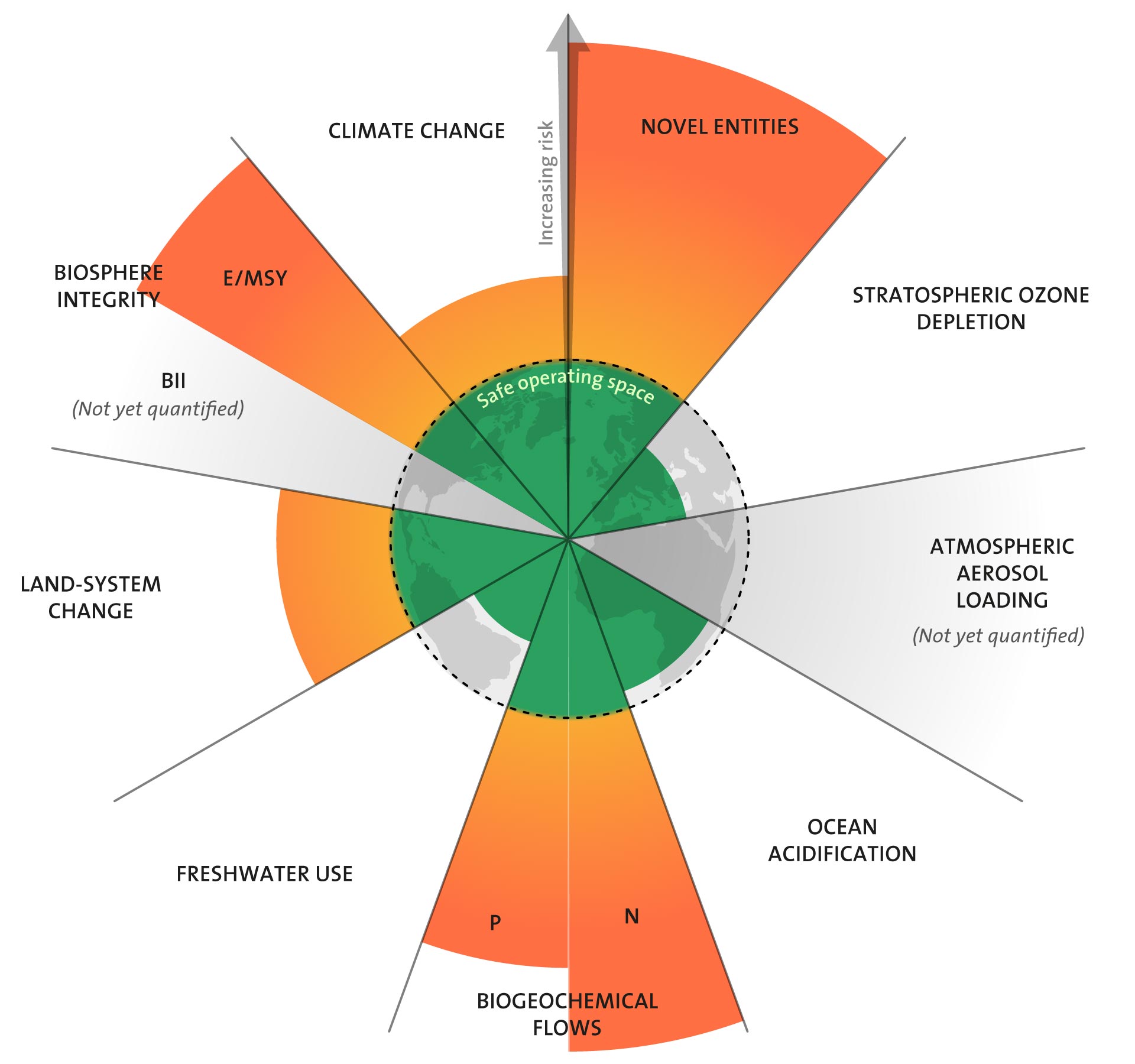
Artist’s representation of the ESA/JAXA BepiColombo mission flying through precipitating electrons that can trigger X-ray auroras on the surface of Mercury. Credit: Thibaut Roger/Europlanet
The joint European-Japanese mission, BepiColombo, has revealed how high-energy auroras on Mercury are formed. The research indicates that electrons, accelerated in Mercury’s magnetosphere and precipitating onto the planet’s surface, interact with the surface material to emit X-rays and produce the auroras. This discovery underscores the commonality of auroral mechanisms throughout the Solar System.
BepiColombo’s Mission and Discovery
BepiColombo, the joint European Space Agency (ESA) and Japanese Aerospace Exploration Agency (JAXA) mission, has revealed how electrons raining down onto the surface of Mercury can trigger high-energy auroras.
This mission, bound for the innermost planet of the Solar System since 2018, executed its first Mercury flyby on October 1, 2021. An international team of scientists analyzed the data collected by three of BepiColombo’s instruments during this encounter, with the findings published on July 18 in the scientific journal, Nature Communications.
Artist impression of BepiColombo flying by Mercury on October 1, 2021. The spacecraft makes nine gravity assist maneuvers (one of Earth, two of Venus, and six of Mercury) before entering orbit around the innermost planet of the Solar System in 2025. Credit: ESA/ATG medialab
How Mercury’s Auroras are Formed
Auroras on Earth are produced by the interaction of the solar wind—a stream of charged particles from the Sun—and our planet’s ionosphere, which is electrically charged. Unlike Earth, Mercury has a very thin atmosphere known as an exosphere, causing its auroras to be formed from the solar wind’s direct interaction with the planet’s surface.
The BepiColombo Spacecraft and Observations
The BepiColombo mission consists of two spacecraft, the Mercury Planetary Orbiter (MPO) led by ESA, and the Mercury Magnetospheric Orbiter (MMO, dubbed Mio post-launch) overseen by JAXA. Both are in a docked configuration for the seven-year journey to their final orbit. During its inaugural Mercury flyby, BepiColombo skimmed 200 kilometers above the planet’s surface, with Mio’s onboard plasma instruments facilitating the first simultaneous observations of different types of charged particles from the solar wind near Mercury.
Findings and Researcher’s Insight
Sae Aizawa, lead author from the Institut de Recherche en Astrophysique et Planétologie (IRAP), currently affiliated with JAXA’s Institute of Space and Astronautical Science (ISAS) and the University of Pisa, Italy, commented, “For the first time, we have witnessed how electrons are accelerated in Mercury’s magnetosphere and precipitated onto the planet’s surface. While Mercury’s magnetosphere is much smaller than Earth’s and has a different structure and dynamics, we have confirmation that the mechanism that generates aurorae is the same throughout the Solar System.”
BepiColombo’s Route and Observations
During the flyby, BepiColombo came near Mercury from the night side of the northern hemisphere and made its closest approach near the morning side of the southern hemisphere. The mission observed the magnetosphere on the southern hemisphere’s daytime side before exiting the magnetosphere back into the solar wind. Its instruments successfully observed the magnetosphere’s structure and boundaries, which revealed that the magnetosphere was unusually compressed, likely due to high-pressure conditions in the solar wind.
Electron Acceleration and Auroras on Mercury
Electron acceleration seems to be a product of plasma processes on the dawn side of Mercury’s magnetosphere. The high-energy electrons are transported from the tail region towards the planet, where they finally rain down on Mercury’s surface. Unimpeded by an atmosphere, they interact with material on the surface and cause X-rays to be emitted, resulting in an auroral glow. While ” data-gt-translate-attributes=”[{[{“attribute”:”data-cmtooltip”, “format”:”html”}]”>NASA’s MESSENGER mission had previously observed auroras at Mercury, the processes triggering the X-ray fluorescence from the surface hadn’t been well understood or directly observed until now.
Reference: “Direct evidence of substorm-related impulsive injections of electrons at Mercury” by Sae Aizawa, Yuki Harada, Nicolas André, Yoshifumi Saito, Stas Barabash, Dominique Delcourt, Jean-André Sauvaud, Alain Barthe, Andréi Fedorov, Emmanuel Penou, Shoichiro Yokota, Wataru Miyake, Moa Persson, Quentin Nénon, Mathias Rojo, Yoshifumi Futaana, Kazushi Asamura, Manabu Shimoyama, Lina Z. Hadid, Dominique Fontaine, Bruno Katra, Markus Fraenz, Norbert Krupp, Shoya Matsuda and Go Murakami, 18 July 2023, Nature Communications.
DOI: 10.1038/s41467-023-39565-4
The study was carried out by a research team composed of the French Institut de Recherche en Astrophysique et Planétologie (IRAP), Kyoto University, ISAS, the Laboratoire de Physique des Plasmas (France), the Max Planck Institute for Solar System Research (Germany), the Swedish Institute of Space Physics, Osaka University, Kanazawa University, and Tokai University. The work was partially supported through Europlanet 2024 Research Infrastructure funding from the European Commission under grant agreement No 871149.
Note: This article have been indexed to our site. We do not claim legitimacy, ownership or copyright of any of the content above. To see the article at original source Click Here














